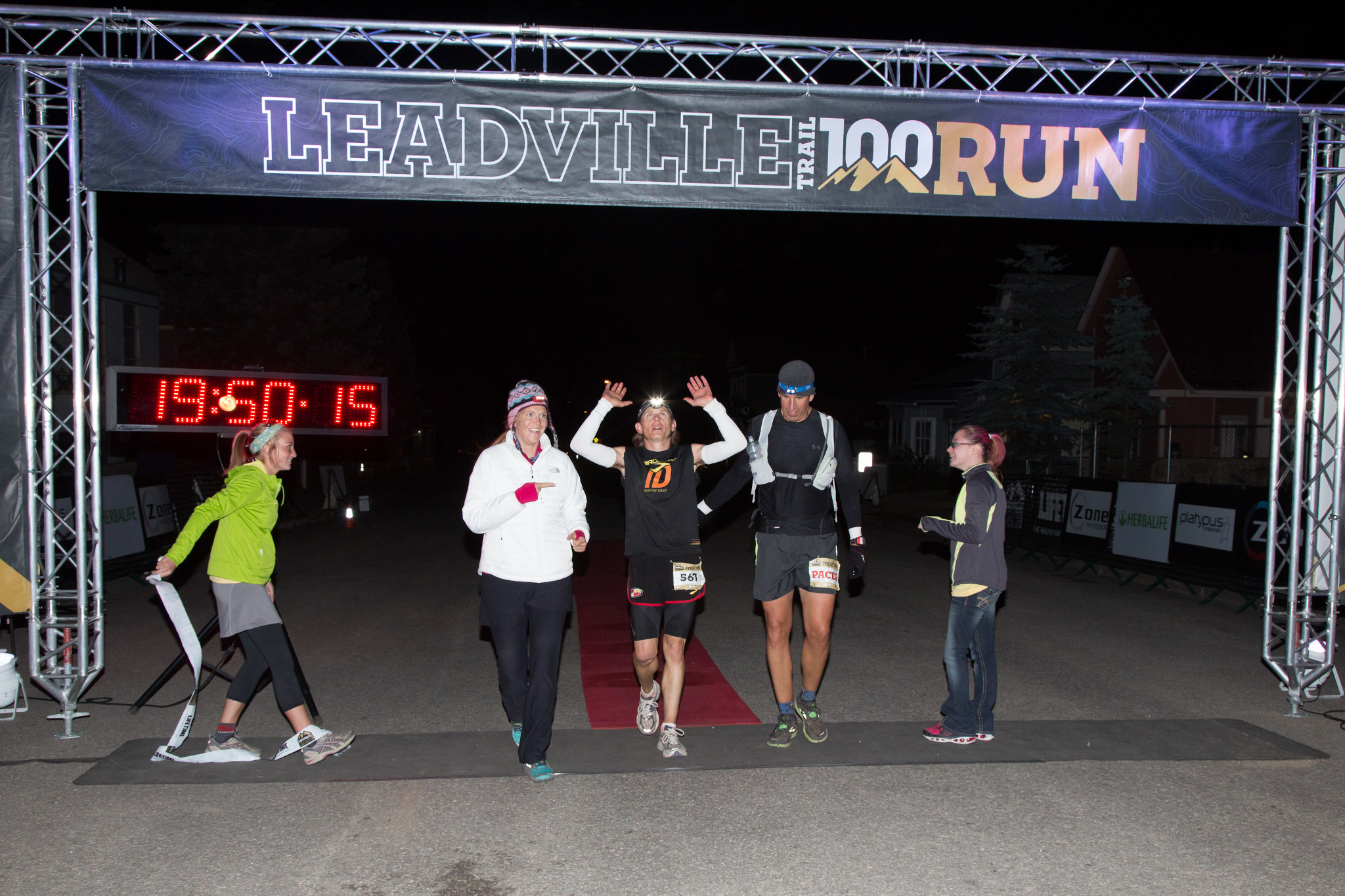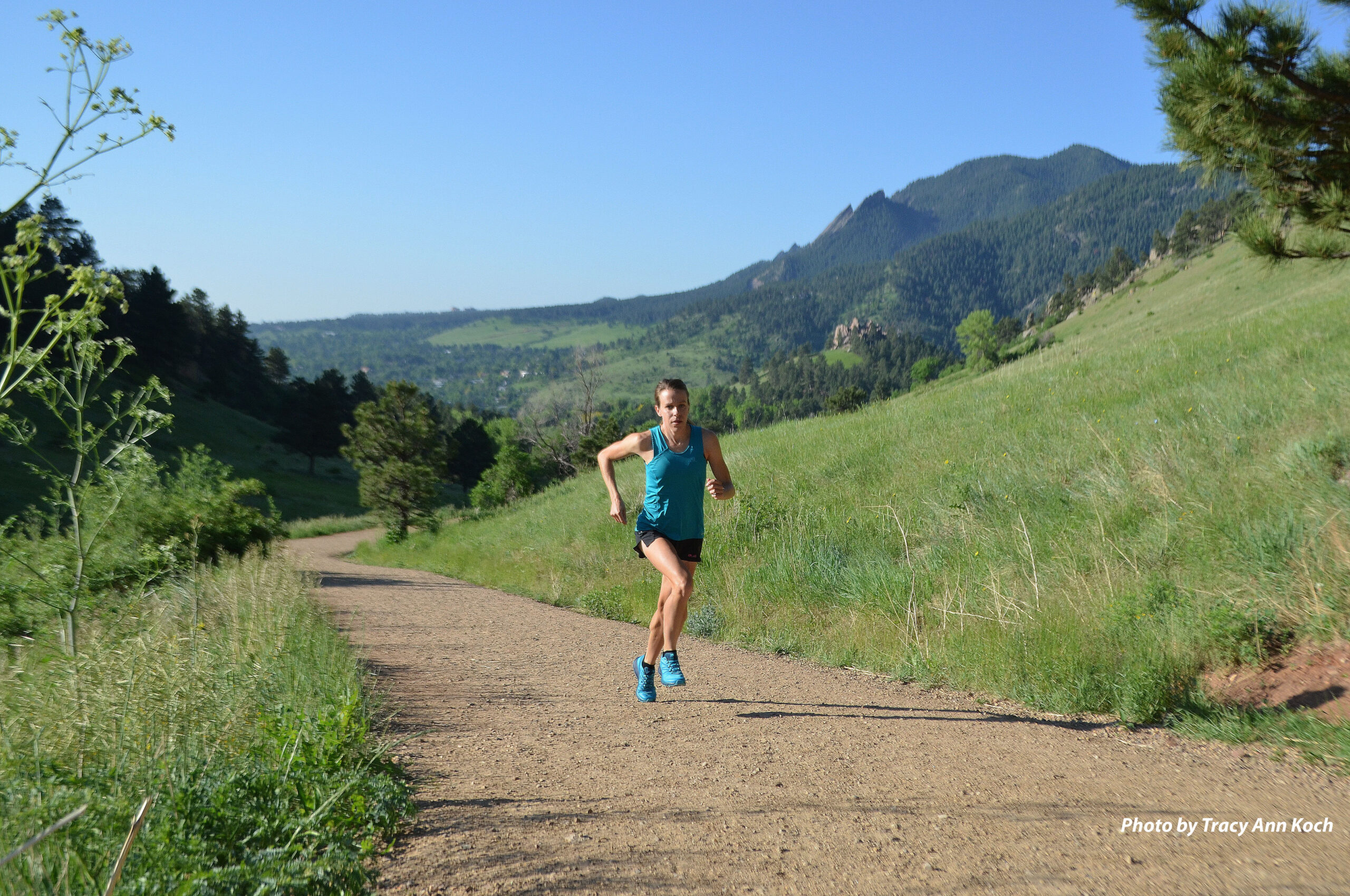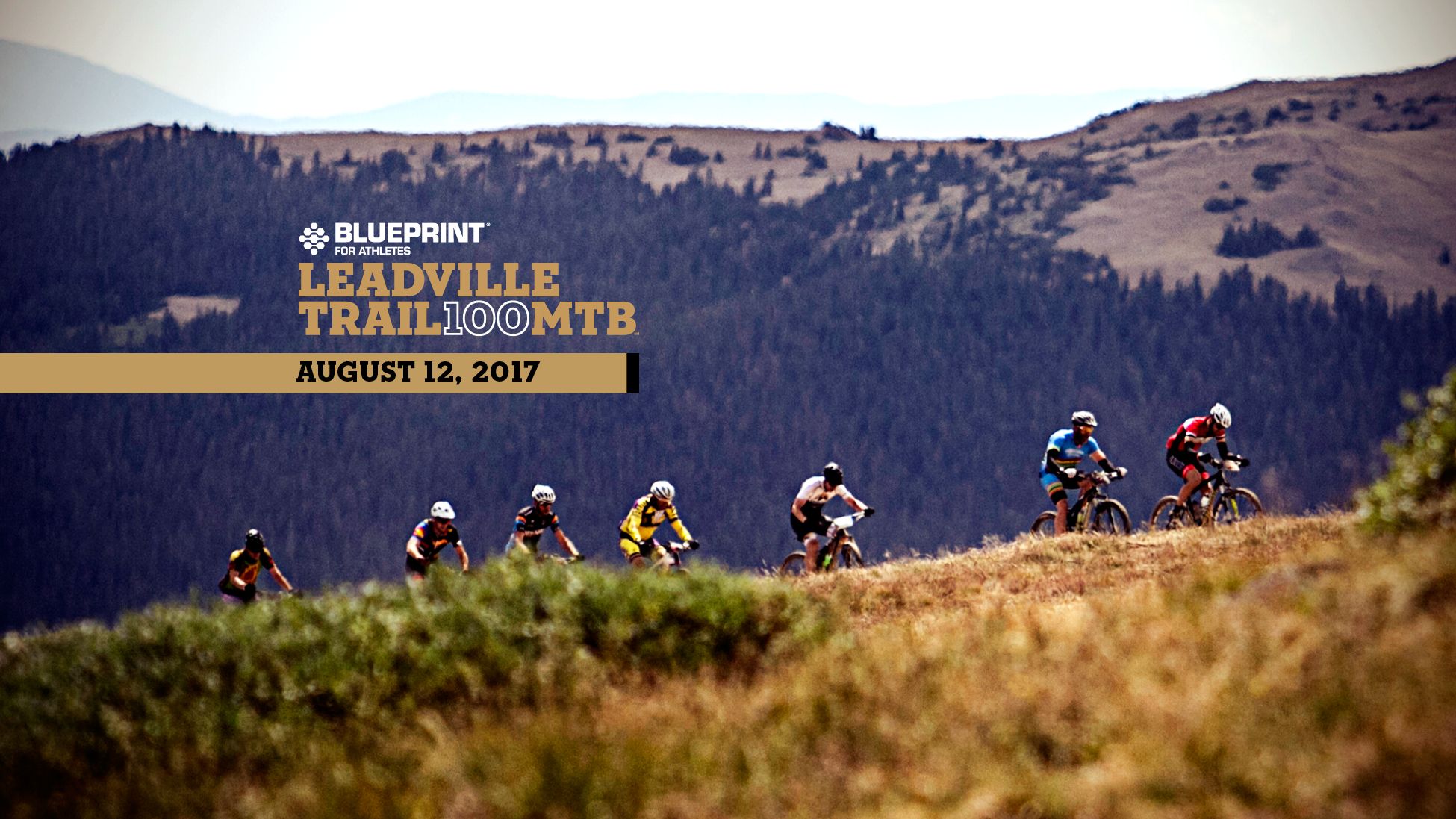Dispatches from Hope Pass — Ian Sharman Answers Your Questions
When racing, the right food and drink at the right times are essential to success –no matter the distance. This month, Ian Sharman (pro and two-time Blueprint for Athletes Leadville Trail 100 Run champion) answers your questions about nutrition and hydration.
How often should I eat and drink for the various race distances?
For the Blueprint for Athletes Leadville Trail Marathon
At altitude the air is drier, and that means you’ll get thirstier. The simplest and most accurate scientific advice is to drink when thirsty, so don’t believe the marketing hype (which isn’t based on credible science) that you need to over-drink and never let yourself get thirsty. Overdrinking can lead to hyponatremia, a much more dangerous situation than under-drinking.
Eating is more complex. Everyone has different needs and certain types of food may be hard to stomach, especially at altitude. For the marathon distance, even on trails, a similar nutrition plan to a road marathon is appropriate, just to cover a longer period of time. Personally, I mainly stick to gels for races up to around six hours.
For the Blueprint for Athletes Silver Rush 50 Run
Drinking is equally as important in a 50-miler as a marathon or a longer ultra. Just drink to thirst and make sure you won’t run out of liquids between aid stations.
Eating becomes more complex for longer distances above a marathon or 50K. It’s better to have more options of types of food and flavors than for a shorter race, but whatever you choose, aim to eat small amounts frequently rather than waiting a set amount of time, and then eating a lot more all at once. Be sure to try any food out on long training runs.
For the Leadville Trail 100 Run
There’s no difference in my advice for drinking for the 100-mile distance, other than to go for more variety and to use drinks like Coke, Sprite and ginger ale later on to help settle the stomach.
Regarding nutrition at the LT100, this is something that causes major issues that can end one’s race in a DNF. Eat regularly and in small amounts, drip-feeding the calories, so they’re easier for your stomach to digest. However, the most important thing is to test all foods on long training runs, ideally at least once at altitude (such as during the other Blueprint For Athletes Leadville Race Series events).
What should I do when I don’t feel like I can eat/drink? How do I avoid feeling that way?
The advice above is vital to minimizing the chance of problems with hydration or nutrition, but the odds are still high that your stomach will get upset or that eating will be difficult even to contemplate. It takes discipline to start eating early in the race, even within the first 30 minutes – the longer an ultra is, the more it becomes an eating competition, not just a running competition.
At the first sign that your stomach is really going south, aim to lower your intensity by walking or even pausing completely. Carbonated drinks at the aid stations often help too. Most things that feel bad in an ultra will pass, so the sooner you try to deal with it, the quicker you’ll be over it.



